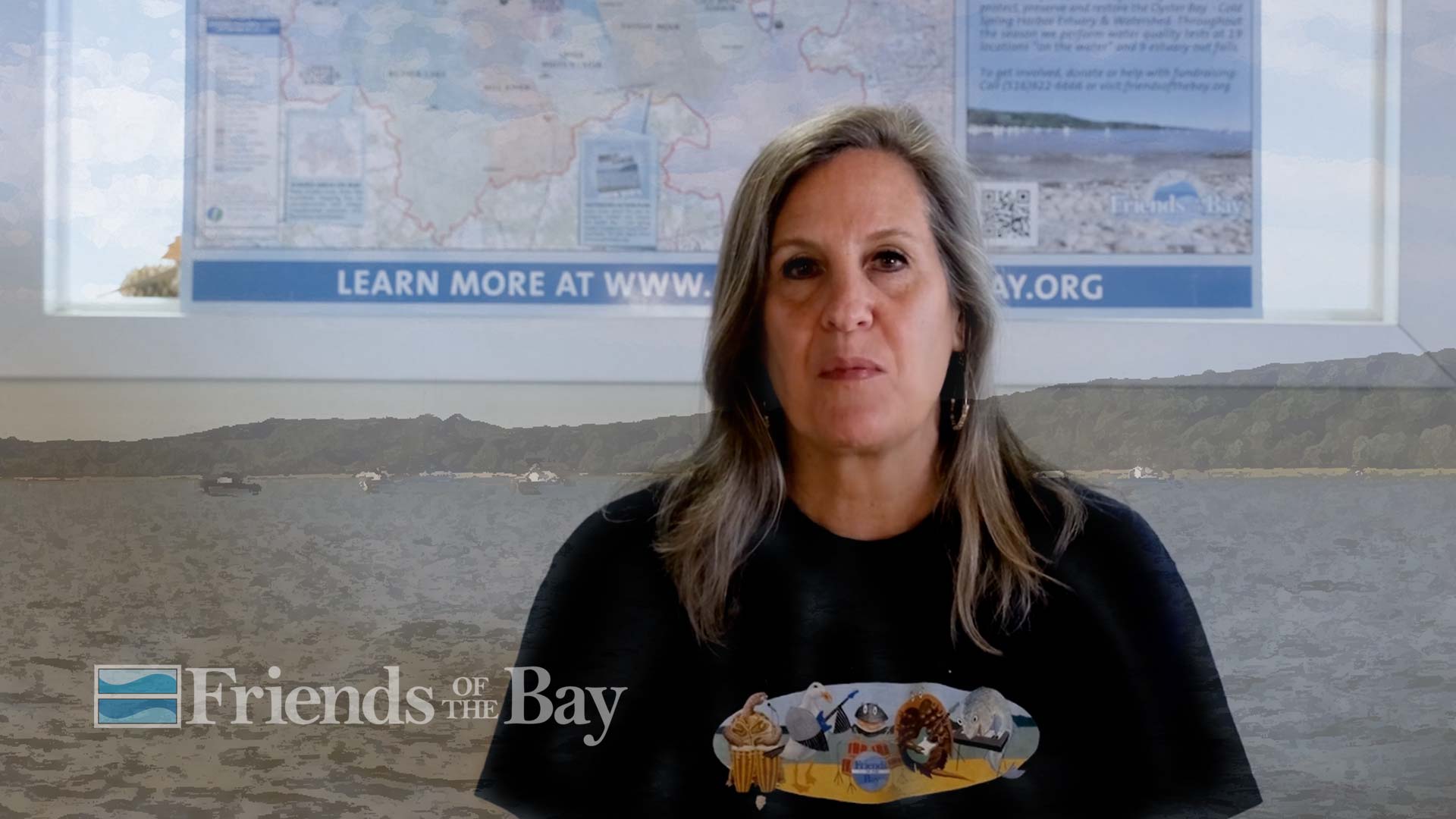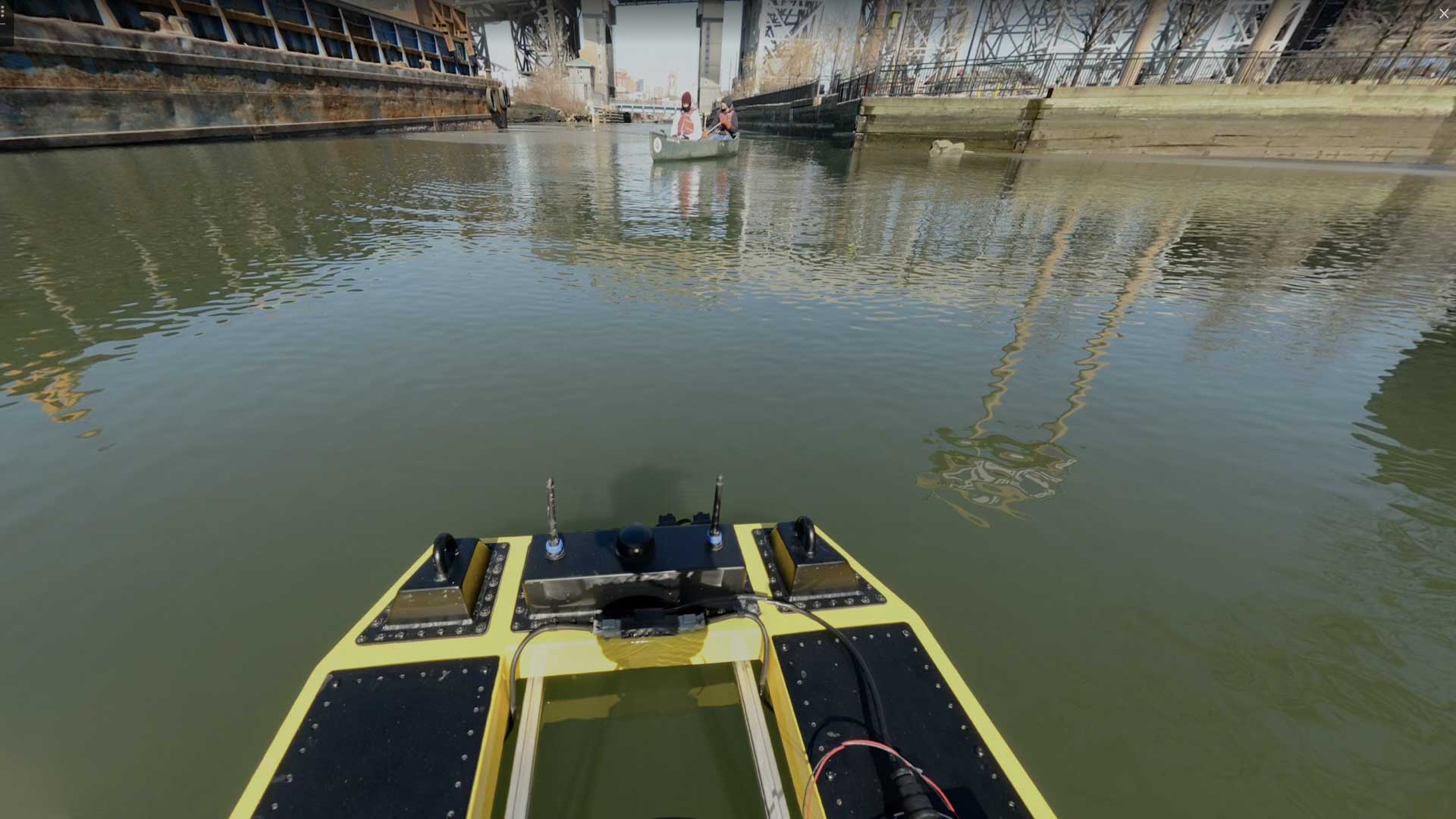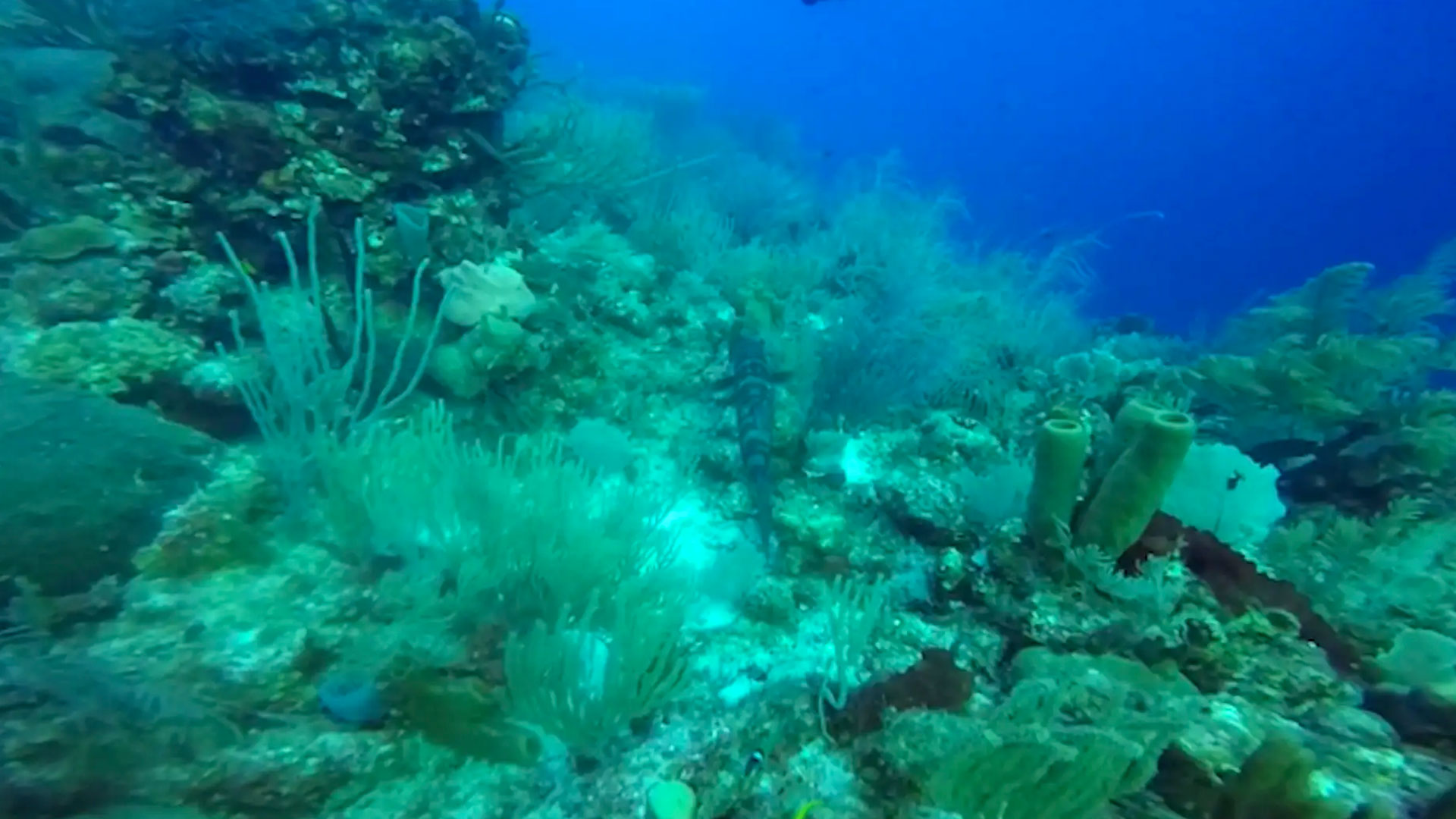Hi, my name is Heather Johnson. I’m executive director of Friends of the Bay. Friends of the Bay is an environmental advocacy and conservation organization located in downtown Oyster Bay.
When did you first realize that you wanted to be a conservationist?
I’ve always been interested in nature. When I was knee high to a grasshopper, my mom inspired me to see the magic and beauty of nature and its importance, but I didn’t know the word conservation until I was older. I always wanted to have a job in the environment, a lot of the jobs were either completely fundraising oriented or very science based. [Then] the opportunity came here, at Friends of the Bay, where they needed a Jill of all trades. I jumped at it.
Stewardship is really important. Getting people involved in activities connects people to their community and their backyard or bay.
What is it about conserving Oyster Bay that speaks to your passions?
If you take even five minutes to go out into the estuary and see its beauty, and if you know the importance of this area, then I don’t know how anybody could not want to work to protect it.
Over the course of your residency and career on Oyster Bay, what changes have you observed?
I can speak to the shellfish landings that are reported by New York State DEC. The oyster population has plummeted precipitously, and the clam population has been a bit more unsteady, but it’s also on a decline.
There are a number of factors that could be affecting that. One of the ways that we’re trying to mitigate that situation is [through] a grant we received from the National Fish and Wildlife Foundation to monitor an oyster spawner sanctuary in Cold Spring Harbor, and also to look for other areas for smaller sanctuaries. That’s one of the ways to help bring back the population.
How does Friends of the Bay anticipate or mitigate the effects of climate change?
We have a long term water quality monitoring program that’s actually in its twenty-second year. We also participate in Save the Sound’s unified water study program, so we are monitoring water quality.
We are planning on doing more restoration work, but we [have] one and a half staff here. We do the best we can, we have to try and prioritize. But we advocate for any legislation that impacts our waterways, and work with local municipalities to [manage] stormwater runoff.
Climate change is a big phrase, and there’s a lot of ways that it impacts shoreline communities. If you can at least make people aware of the impacts – we’ve offered educational presentations on coastal resiliency [to] try to educate the public about it.
Beyond education, what sort of opportunities are there for local community members to get involved with stewardship of Oyster Bay?
Stewardship is really important. Getting people involved in activities connects people to their community and their backyard or bay. We have a number of different volunteer opportunities. One of them is a monthly cleanup program that started in 2019, because trash does not stop. Prior to that, we would do it twice a year with the town of Oyster Bay and the North Oyster Bay Baymen’s Association.
I would go out on the water and [go] to the beaches even in February. In February 2019, we started our monthly beach cleanup program and we had 15 people who showed up. It was freezing cold, but it goes to show you how dedicated people can be. In the past year, we have cleaned up 600 pounds of trash from our shores thanks to volunteers. Not only are we removing trash, but we’re engaging a whole other group of volunteers that we didn’t have before, and it’s really heartening to see that.
It is very easy to get bummed out by what’s going on in the world environmentally, but when you see people [who] don’t even live in this area who are willing to come here and help clean up, that really gives you a lot of hope.
What are some key threats to the oyster population of Oyster Bay?
There’s a lot of opinion about that, and not enough data. The number one thing that [has] been blamed [is] predators. In certain areas, degraded water quality [and] overharvesting. [It’s] probably a combination of all three. I don’t have a personal opinion about that because I like to base my thoughts on facts, Just like we do at Friends of the Bay. [It’s] really important that we’re science based here.
For someone who is not from Oyster Bay, what are some things that they can do to protect and conserve this area?
Whether you’re from Oyster Bay or not, if you want to help out Oyster Bay, there’s a lot of different opportunities. We have our monthly beach cleanups as mentioned before, [and] we have something called Team Terrapin which is a joint program with the town of Oyster Bay which is working to protect diamondback terrapins. There’s a shellfish gardening program, which is with the Oyster Bay Cold Spring Harbor Protection Committee. You buy a cage and you raise oysters, and they get put into a spawner sanctuary.
There’s also things that work not only for Oyster Bay, but everywhere: trying to reduce your use of single use plastics, being aware of stormwater runoff. If it goes in the ground, it goes in the sound. Educate yourself through the water quality data and other resources that we have on our website. And just spread the word, be a good steward of your environment.
You can contact us through the website and you can follow us on social media. We have a Facebook and Instagram account, and our website is www.friendsofthebay.org




